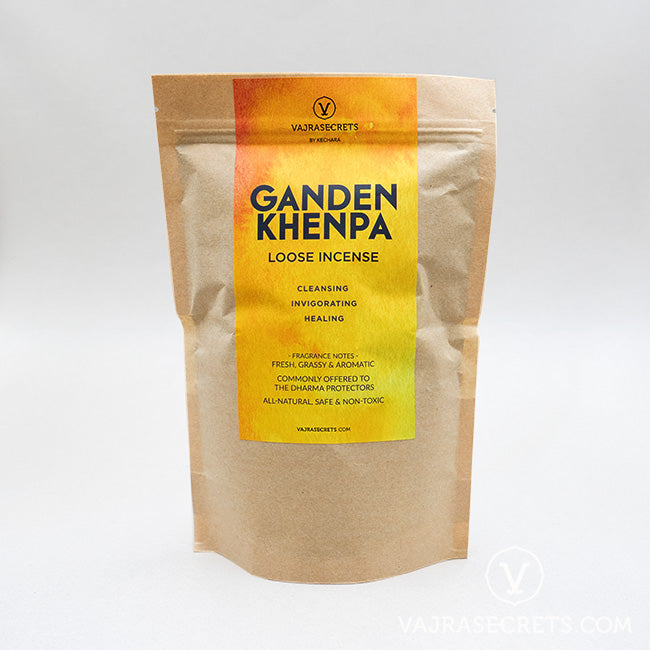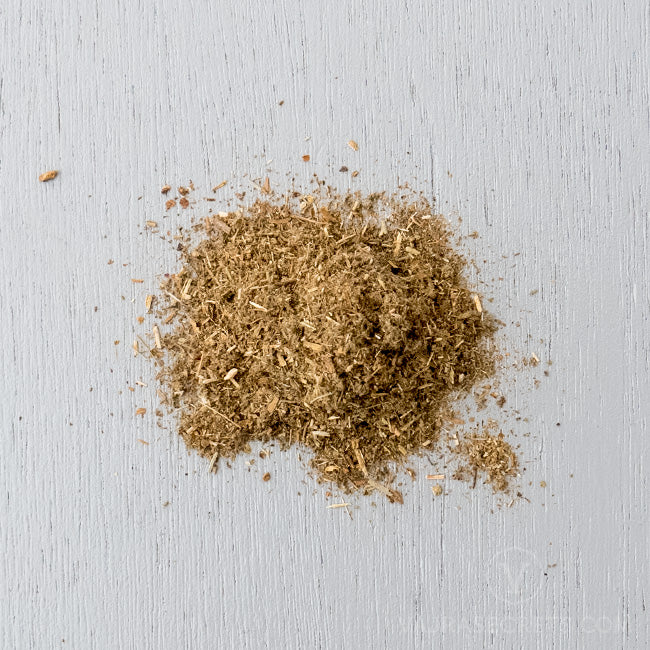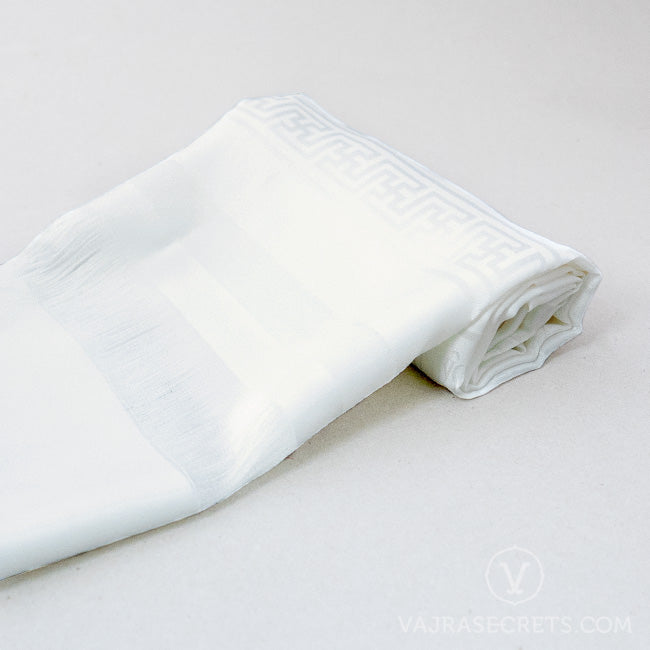Gangchen Healing Buddha Incense Sticks are handmade from carefully harvested 31 natural medicinal herbs, oils, resins and spices from the Himalayan mountains, following a strict formula found in ancient scriptural texts. When burnt, it releases a soothing herbal aroma.
It is primarily used as an offering to the supreme healer Medicine Buddha and to invoke his healing energies for good health, physical radiance, and longevity. This incense is also helpful for health conditions such as insomnia, chills, temporary loss of consciousness, backaches, heart attacks and dryness of the mouth.
Suitable for meditation sessions and other spiritual ceremonies to purify the environment of unwanted energies, to create a peaceful and calm atmosphere, and to support relaxation and stress-relief.
- Originally prepared under the auspices of the eminent healing lama Gangchen Rinpoche
- Carefully handmade to meet the highest standards of quality.
- All-natural, non-toxic, and contains no narcotic or habit-forming ingredients.
- Safe for inhalation.














